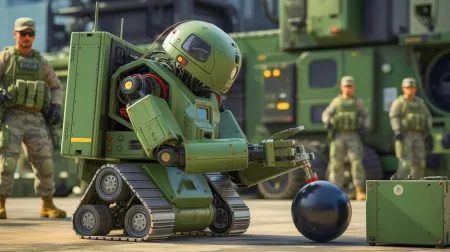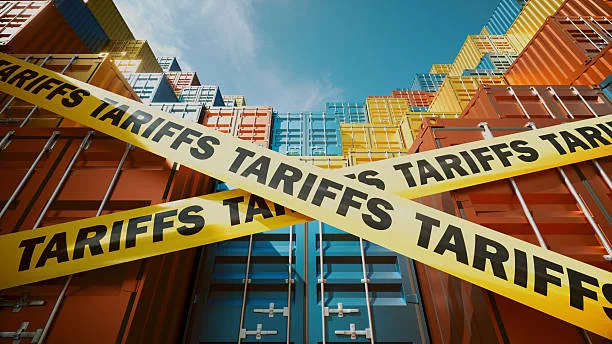For many small business owners, recent months have been filled with uncertainty and frustration due to unpredictable shifts in U.S. trade policy. A series of back-and-forth decisions on import tariffs, primarily under former President Donald Trump’s administration, has left entrepreneurs scrambling to adapt.
Just as some businesses began adjusting to one set of rules, court decisions and sudden policy reversals disrupted those efforts. One federal court recently ruled that Trump had overreached his authority by imposing sweeping tariffs—but that ruling was temporarily blocked by an appeals court the very next day. For small enterprises already walking a financial tightrope, the legal back-and-forth has only deepened the confusion.
Constant Changes, No Clear Direction
Since early April of that year, tariffs had been introduced, paused, and amended multiple times. Blanket tariffs were first introduced globally, followed by exemptions and then threats of future levies, particularly targeting electronics and smartphone manufacturers. Negotiations with China included a brief 90-day pause on reciprocal tariffs, only to be followed by threats of new duties on companies not manufacturing within the U.S.
These frequent changes, often communicated without warning, have disrupted business planning. Large corporations have buffers and global teams to adapt. But smaller businesses often lack the capacity to react quickly or absorb the additional costs.
The National Federation of Independent Business reported a drop in small business optimism, highlighting uncertainty as a major concern. Analysts noted that niche or specialized brands that rely on overseas materials or manufacturing are especially vulnerable.
Tough Choices and Real Consequences
Some small businesses have already felt the sting of shifting trade policies. EveAnna Manley, owner of Manley Labs, which produces high-end audio gear, reported a 19% drop in sales. To stay afloat, she cut employee hours by a quarter. Her company had spent years building relationships with Chinese partners—now jeopardized by retaliatory tariffs.
“It’s a mess,” she said. “And it’s heartbreaking that we’re suffering because of unpredictable government action.”
Julie Robbins, CEO of Earth Quaker Devices, a boutique guitar pedal maker in Ohio, echoed the fear many small business owners feel. She warned that if the chaos continues, a “mass extinction of small businesses” could occur.
Adaptation or Collapse?
Some companies have found ways to pivot. Intuition Robotics, a firm creating robotic companions for seniors, has begun exploring manufacturing options outside of China. Their hybrid business model, which includes a digital subscription service, has allowed them to plan for the future rather than react to sudden disruptions.
Assaf Gad, the company’s Chief Strategy Officer, emphasized the importance of diversifying. “This might be the right moment to reduce risk by expanding into other territories,” he noted.
However, flexibility isn’t possible for every business. Sarah O’Leary, CEO of Willow, which makes wearable breast pumps and postpartum recovery devices, explained that relocating production is far more complex in the medical device industry. Her team had to halt exports of a Chinese-made product when it became too costly. “We simply don’t have the margins to absorb even small tariffs,” she said.
Uncertainty Remains the Biggest Threat
Though a temporary court ruling offered some hope of relief, the broader environment remains unstable. Business owners are forced to plan around legal gray areas and political unpredictability. For small enterprises without the resources to hedge against trade volatility, the threat is existential.
Some are adapting by diversifying supply chains, cutting costs, or considering overseas markets. Others are just trying to survive another quarter. As one frustrated entrepreneur put it: “It feels like we’re being punished for playing by the rules.”
Did you like it? 4.5/5 (24)







